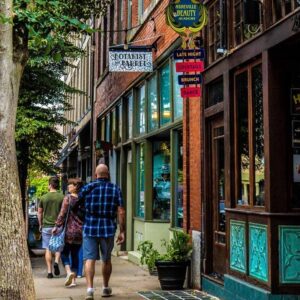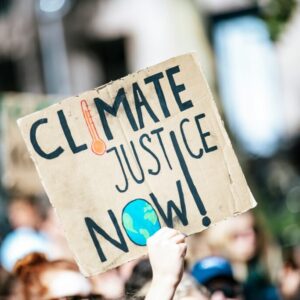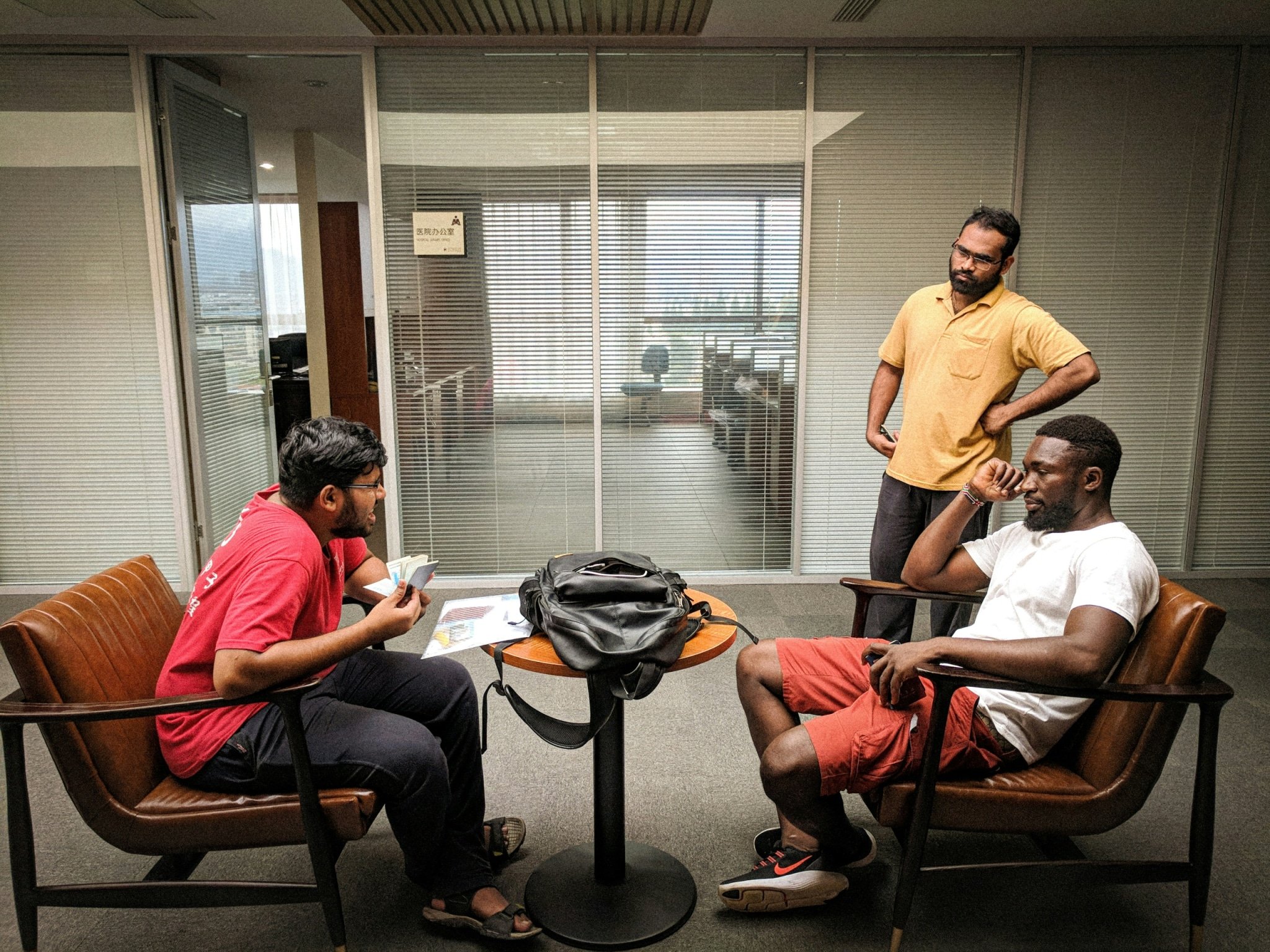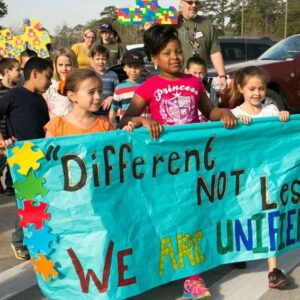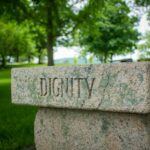
In our field, talk of decolonizing philanthropy is widespread. Action is less common. But decolonizing philanthropy by shifting control of assets is possible.
The current spend-down of the corpus of the Swift Foundation—a family foundation where one of us is a board member and the other is executive director—offers one path for doing so.
In 2023, the Swift Foundation embarked on a five-year sunsetting process to redistribute the foundation’s entire endowment to Indigenous land and knowledge keepers, and allied organizations. This included seed-funding two groundbreaking initiatives—the Indigenize Fund and tmixʷ Land Trust—that place both ancestral land stewardship and biocultural resilience at the heart of what they do.
Of course, our path is only one approach. We hope that by sharing it we might inspire similar efforts grounded in the leadership of our Indigenous communities.
Sunset to Sunrise
In recent years, more foundations are spending down their assets than in the past, but the practice remains exceptional. For us, in retrospect, the vision at Swift Foundation to sunset has been there all along, embedded in inquiries reckoned with since the foundation’s early days. Questions such as: What is a foundation? What is our foundation’s purpose? To whom are we accountable?
Still, the actual decision to sunset only happened after these questions were answered, which required making real changes to foundation leadership, governance, and practice.
Decolonizing philanthropy by shifting control of assets is possible. The current spend-down of the corpus of the Swift Foundation…offers one path.
The standard answer to the first question is that a foundation spends 5 percent of its assets every year in grants, but it invests the remainder so that investment earnings exceed gifts, enabling the institution to live in perpetuity. This is to say, foundations typically prioritize wealth accumulation.
Our initial pivot toward the decision to sunset, years before it took effect, was exemplified by our efforts to align the foundation’s mission with our investments, including a decision to maintain the endowment rather than grow it exponentially, and later deciding to outright double annual grant payout. This was all meaningful work, and yet it never quite answered the second question, regarding our true purpose.
The hiring of one of us (Benally) who is Navajo and Santa Clara Tewa as executive director, and Alejandro Argumedo, who is Quechua, as program director and lead for the Andes and Amazon regions, led the foundation to develop a holistic model, grounded in Indigenous knowledge and life experiences.
The Indigenous-inspired holistic model that the Swift Foundation adopted consists of concentric circles radiating out from a core. The core represents communities on the ground protecting their ancestral territories, lifeways, languages, and cultures—all of which are interwoven. This helped the foundation visualize who it’s accountable to, emphasizing our purpose. This is turn led to more direct funding of Indigenous communities, particularly in the Andes and the Amazon, and a more focused approach overall.
The staff hiring followed an earlier step, which was to expand the family foundation board to include non-family board members. The first person to join was author, scholar, and knowledge keeper Jeannette Armstrong, of the Sylix Okanagan Nation, who serves on the board to this day.
It is also important to name that one factor behind the decision to sunset was an acknowledgment that family foundations face unique challenges and complex issues. What really focused the decision, though, was the recognition that to honor our purpose and truly be accountable to the communities we serve, we needed to dissolve the private foundation and let the work live on in new and dynamic ways.
Seeding Dreams, Ceding Power
To state this plainly: until foundation grants and investments align, philanthropy will remain an industry in painful contradiction with itself. Moreover, until people with lived experiences on the issues at hand are the ones making grant recommendations, philanthropy will remain gravely limited in imagination, knowledge, and accountability.
Our foundation’s decision to sunset was a decision to divest from economic systems that perpetuate neocolonial control—and thereby return all the endowed money to places it was once taken from, as the historical theft of land and resources undergirds all of philanthropy. What is critical here, though, is the manner in which this “return” occurs—in other words, how and to whom the funds are transferred.
To state this plainly: until foundation grants and investments align, philanthropy will remain an industry in painful contradiction with itself.
To structure and implement the spend-down, Swift mapped its sunsetting strategy onto the holistic circle model it developed, defining four interconnected pathways—shared learnings (periphery), organizational sustainability (outer), biocultural resilience (inner), and Indigenous self-determination (core).
At the periphery, we focused on shared learnings, through supporting advocacy and research organizations closely aligned with communities fighting to protect their lands and lifeways. Radiating inwards, the outer circle is focused on strengthening sustainability, across long-term organizational partnerships.
The inner circle gives focus to supporting resilient biocultural wealth. Examples of community projects that fit this description are the Iskonawa House ( in Peru, the Huitoto Memory Maloca in Colombia (the word “maloca” refers to multifamily Indigenous homes), and the Potato Park (Parque de la Papa) Sumac Kausay enterprise, also in Peru. Sumac kausay is a Quechua term for “good living”—or what in Spanish is commonly called buen vivir.
And then, at the center, is the core pathway, which is focused on shifting large sums of foundation resources to Indigenous community control, like the Indigenize Fund and tmixʷ Land Trust. Swift Foundation has made a $4.5 million commitment to seed each initiative, an amount that is close to 10 percent of the corpus of our foundation. These disbursements are by far the largest grants we have ever made.
While the two projects each have unique features, they share deep commonalities. Both initiatives trust communities as the experts, and place Indigenous communities at the center of their decision-making, and in this way dismantle colonial hierarchies. Both are centered on territorial protection and biocultural preservation—inherently connected to broader goals of self-determination, the transfer of intergenerational knowledge, and community resilience—and honor Indigenous wisdom and sovereignty.
While each initiative is new in formation, they are supported by long-standing Indigenous organizations—Asociación ANDES in Peru and the En’owkin Centre in Canada, respectively. These are organizations that we have built trust with across many years. The community-based autonomy provides structural strength in the face of external political pressures often targeting intermediaries.
To offer some background, Asociación ANDES is an Indigenous conservation and sustainable development organization based on the Andean principle of . Established in 1995 in Cusco, Peru, Asociación ANDES has played a critical role in supporting the Parque de la Papa, among other biocultural initiatives.
The En’owkin Centre is an Indigenous cultural, educational, and creative arts organization with a mandate to preserve and perpetuate the Syilx language, culture, and land knowledge through education and training for new generations of Indigenous youth. Established in 1983, the En’owkin Centre is based in Penticton, British Colombia, Canada. It plays a lead role in the development, implementation, and revitalization of Indigenous knowledge systems, both at the community and international levels, and directly serves seven member Syilx bands.
Indigenize Fund
In June of 2023, Swift Foundation staff convened a gathering in Cusco, Peru, uniting 40 Indigenous community partners from across 23 communities spanning from Baja California in northwest Mexico to Tierra del Fuego at the southern tip of South America. These relationships had been forged over years, through Argumedo’s knowledge and networks, and the foundation’s commitment to fund communities directly.
What made this gathering unique was that the Indigenous staff of a private foundation invited a circle of Indigenous community leaders who had previously received foundation grants to assume full decision-making and governance roles of an emergent fund to be seed-funded by the foundation and define their own funding processes entirely. Participants called the gathering “historic” for this reason.
By seeding an Indigenous-led fund and land trust…we have purposely acted in contrast to the typical top-down frameworks perpetuated by many mainstream foundations.
What unites the community leaders who now comprise the Indigenize Fund network is a vision for a vibrant future grounded in sumac kausay; a resolve to defend ancestral territories and preserve biocultural diversity; and a fierce opposition to extractive industries, agro-industries, and exploitative carbon markets in their home territories.
It is worth highlighting that typically Andes and Amazon grants go to governments and international nonprofits, while Indigenous groups get less than one percent of climate philanthropy. Additionally, false solutions such as the Reducing Emissions from Deforestation and Forest Degradation (REDD+) carbon-offset programs, have been funded handsomely by mainstream philanthropy, as well as “protected areas” that still allow for extractive industries, while displacing people off their homelands.
The Indigenize Fund affirms Indigenous stewardship practices, proving that autonomy—not assimilation or exclusion—is a better path to biocultural resilience. The fund provides unrestricted “universal income” grants grounded in trust-based processes that honor storytelling and relational accountability, further embodying a model rooted in reciprocity.
Key to the Indigenize Fund model is its governance structure. A Council of the Wise, comprised of five respected Indigenous leaders elected for two-year renewable terms, provide strategic guidance and oversight. Their objective is to ensure alignment with ancestral values and priorities rooted in consensus-based decision-making.
An assembly of representatives from each Indigenous nation will ensure that the fund’s direction reflects the diverse needs and aspirations of its affiliated communities. Local community councils, of ten members each, ensure consistent community engagement and feedback.
As Relmu Ñamku, a member of the Council of the Wise, reflected: “Assimilation and exclusion are shadows of a broken system; autonomy is the light of stewardship. At the Indigenize Fund, we replace the rigidity of reporting with the wisdom of stories and the strength of relational responsibility.”
tmixʷ Land Trust
The tmixʷ Land Trust is named for the word tmixʷ to describe “the vast collective complexity of the physical life forms in the lands as well as the unseen process of a living system.” Established to operate as the conservation arm of the En’owkin Centre, the trust serves the Syilx Okanagan Nation, whose homelands traverse southeastern British Columbia and northeastern Washington state.
The vision of this project is to reclaim ownership, manage, and hold lands on behalf of the Syilx people and their communities, using tools available to land trusts to protect lands identified as important to Syilx people and culture. Places important for food security and spiritual purposes will serve as living classrooms for teaching the youth and adults in Syilx, revitalizing land caretaking practices in accord with Syilx knowledge. In Armstrong’s words: “We cannot trust the newcomers to protect our lands for us.”
Collaborating with its members and partners, the En’owkin Centre is identifying “priority places” to the Syilx people and communities for medicines, berry picking and hunting, traditional craft materials, habitats for species protection, and spiritual reasons. These places will serve as focal areas for restoring Syilx perspectives, priorities, protocols, and practices embodied by Syilx science and knowledge.
Many of these places are not located on First Nations “reserve” lands; rather, they have been alienated from the Syilx people under colonial “fee simple” (private) land and Crown (public) Canadian land ownership systems. A tmixʷ Conservation Advisory Committee (TCAC) will serve as an advisory committee for the conservation land trust. The En’owkin Centre will draw upon the knowledge and expertise of Syilx nation members, Elders, knowledge keepers, and locals.
Similar to the Indigenize Fund, the tmixʷ land trust rejects “false solutions” such as carbon trading. They also stand resolutely against concepts of fortress conservation that exclude Indigenous peoples as homeland guardians.
Reflections
After years of prioritizing partnerships with land-based Indigenous communities, we know how critical unrestricted funding is, especially when it comes from trusted foundation staff. By seeding an Indigenous-led fund and land trust in regions historically shaped by extractive colonial practices, we have purposely acted in contrast to the typical top-down frameworks perpetuated by many mainstream foundations.
The goal in all of this has been to show that philanthropy can be a conduit for justice—and be both restorative and reparative. This is a true handing over of leadership, governance, and decision-making power to the communities. There is no backdoor paternalism here, no strings attached.
By relinquishing power, embracing transparency, and centering Indigenous leadership, we challenge the sector to move beyond performative inclusion toward more tangible forms of return. By centering Indigenous sovereignty, relinquishing control, and investing in unrestricted trust-based partnerships, foundations can transform from arbiters of colonial power to conduits for decentralized power and justice.
